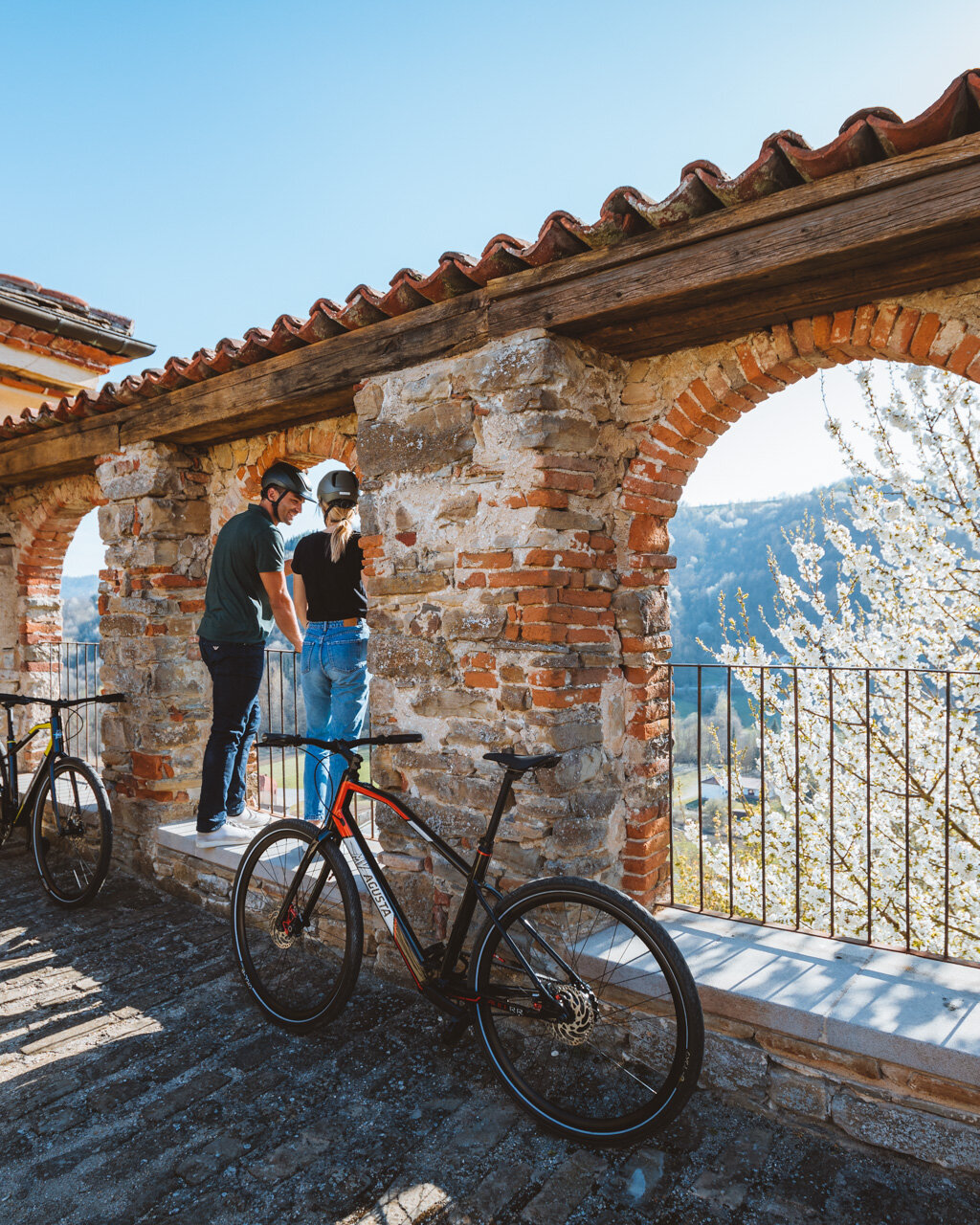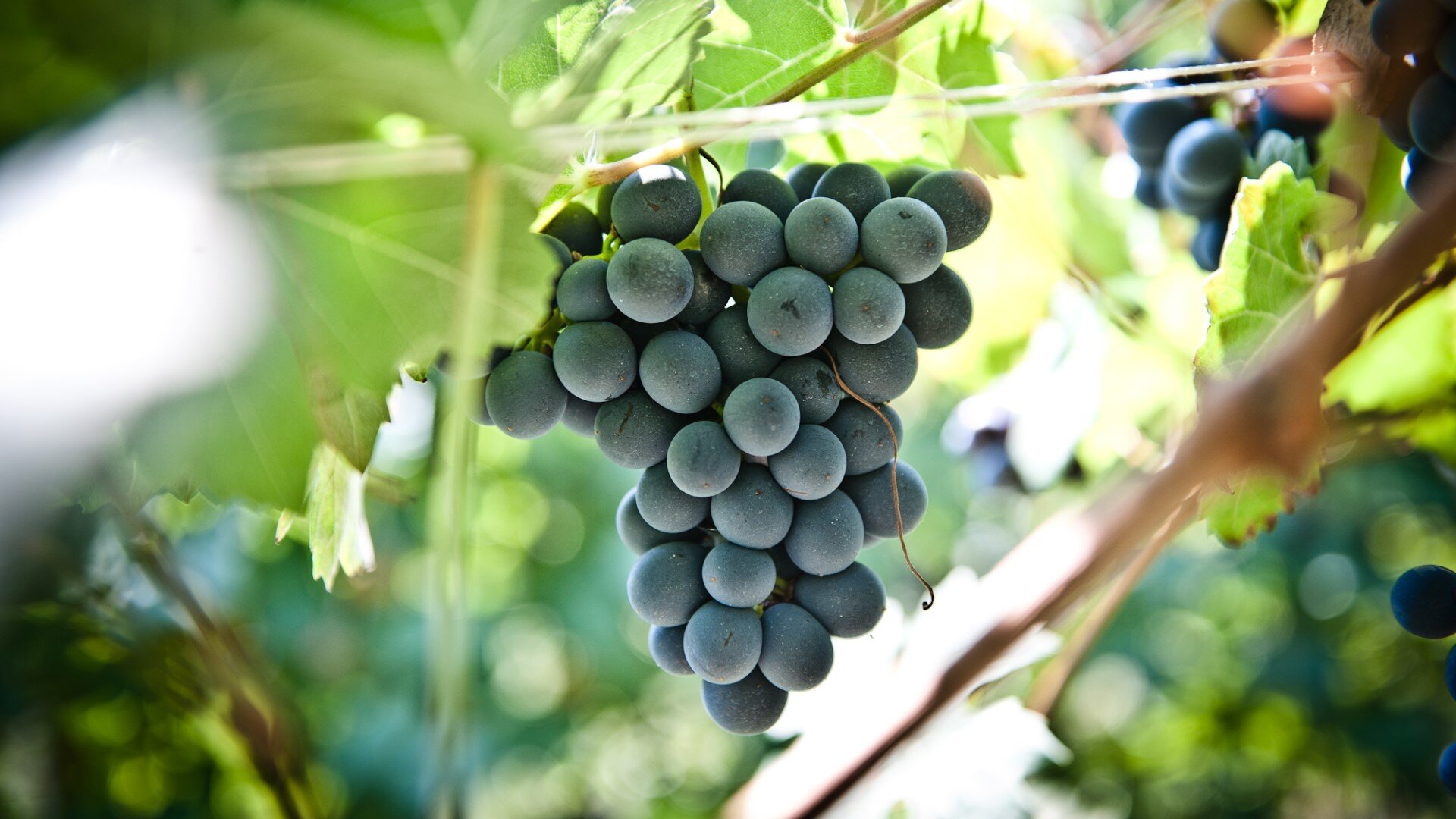Since antiquity, Barbera has been the most popular red-grape variety in Piedmont, but it is known and also cultivated outside the region. It seems to come from the lands that were owned first by the Marquis of Monferrato and then by the Duke of Monferrato. First mentioned in a lease agreement in Casale in the 1200s as "de bonis vitibus berbexinis", Barbera is described by Count Giuseppe Nuvolone Pergamum, Deputy Director of the Agrarian Society of Turin, in his survey of 1799. Botanist Giorgio Gallesio, in his Pomona Italiana (1817-1839), mentions Barbera as “vitis vinifera Montisferratensis”, a grape grown in the Lower Monferrato, while some historical documents attest to its introduction in the Langhe around 1685 by Conte de Cotti Neivi.
Especially compatible with clayey soils, Barbera is a grape variety of great vigour, to the extent that it has to be subjected to thinning in the best years. It produces full- bodied wines with a clear personality that are also suitable for ageing. Nearly half of the wine produced in Piedmont is obtained from Barbera grapes alone or mixed together with other grape varieties, with different properties according to the results of the wine-making methods.
BARBERA GRAPE:
Berry colour: black.Productivity: constant and abundant.
Leaf: medium-sized, five-lobed, with a feltry underside.
Bunch: pyramidal, very compact, with medium-sized oval grapes, intense blue colour when ripe.
Ripening: beginning of October.
Wines: Barbera d’Alba Doc, Barbera d’Asti Docg, Alba Doc, Barbera del Monferrato Superiore Docg, Colli Tortonesi Barbera Doc, Piemonte Barbera Doc, Colline Saluzzesi Barbera Doc, Langhe Barbera Doc, Gabiano Doc, Rubino di Cantavenna Doc.



